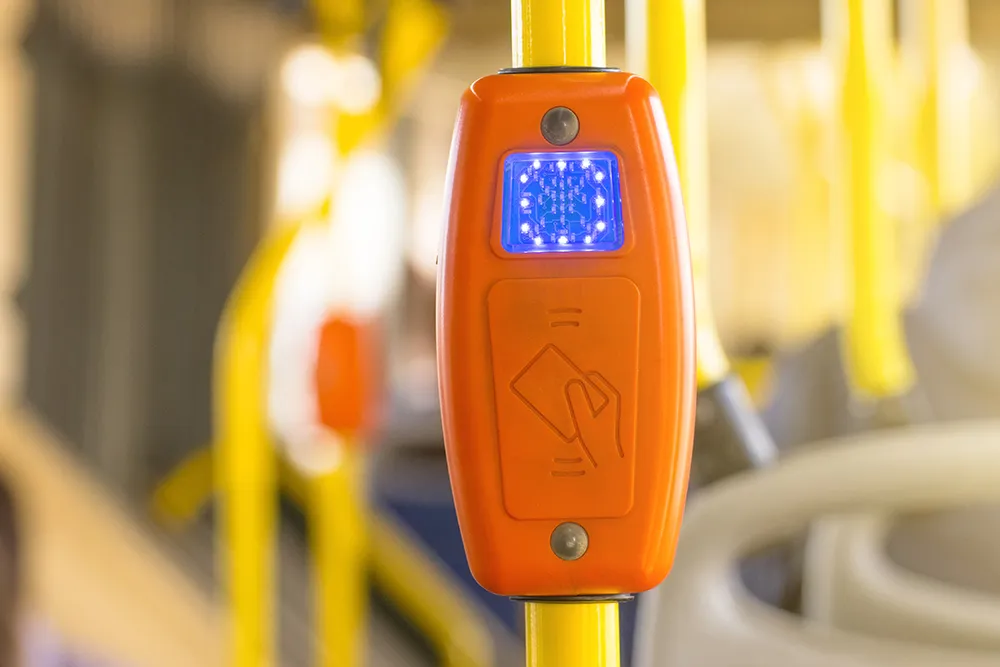According to a new market report published by Transparency Market Research Smart/Intelligent Sensors Market - Global Industry Analysis, Size, Share, Growth, Trends and Forecast, 2013 - 2019,”, the global smart/intelligent sensors market is expected to reach a value of US$21.60 billion by 2019, growing at a CAGR of 12.2 per cent from 2013 to 2019.
Growing demand for automobiles and growth in the intelligent transport system (ITS) has led to the increase in demand of smart/intelligent sensors. The other f
April 17, 2014
Read time: 2 mins
According to a new market report published by Transparency Market Research Smart/Intelligent Sensors Market - Global Industry Analysis, Size, Share, Growth, Trends and Forecast, 2013 - 2019,”, the global smart/intelligent sensors market is expected to reach a value of US$21.60 billion by 2019, growing at a CAGR of 12.2 per cent from 2013 to 2019.
Growing demand for automobiles and growth in the intelligent transport system (ITS) has led to the increase in demand of smart/intelligent sensors. The other factors driving this market are growing demand of smartphones and tablet PCs. Europe was the largest contributor in smart/intelligent sensors market and accounted for the market share of 34% in 2012.
Smart/intelligent sensors market includes various types of sensors such as image sensors, touch sensors, smart temperature sensors and smart pressure sensors among others. Depending on the need and application the sensors are installed in the devices and used accordingly. Among the various types of smart sensors, image sensors has the largest market share due to growing demand of smartphones and other devices such as tablets and PCs among others.
Among different end-use industries, automobile is the largest followed by industrial in 2012, and is expected to maintain its position throughout the estimated period. The demand from automobile sector is mainly supported by growing demand in emerging regions such as Asia Pacific and RoW. In consumer electronics sector, the demand for smart/intelligent sensors is primarily driven by the growing demand of smartphones, tablets, and ovens among others.
Geographically, Europe held the largest share in the smart/intelligent sensors market in 2012. The demand for smart/intelligent sensors in Europe is primarily driven by medical industry. North America followed Europe in terms of geographical market share. The growth in the region is attributed to the automobile industry due to growing demand of automobiles in the region.
Growing demand for automobiles and growth in the intelligent transport system (ITS) has led to the increase in demand of smart/intelligent sensors. The other factors driving this market are growing demand of smartphones and tablet PCs. Europe was the largest contributor in smart/intelligent sensors market and accounted for the market share of 34% in 2012.
Smart/intelligent sensors market includes various types of sensors such as image sensors, touch sensors, smart temperature sensors and smart pressure sensors among others. Depending on the need and application the sensors are installed in the devices and used accordingly. Among the various types of smart sensors, image sensors has the largest market share due to growing demand of smartphones and other devices such as tablets and PCs among others.
Among different end-use industries, automobile is the largest followed by industrial in 2012, and is expected to maintain its position throughout the estimated period. The demand from automobile sector is mainly supported by growing demand in emerging regions such as Asia Pacific and RoW. In consumer electronics sector, the demand for smart/intelligent sensors is primarily driven by the growing demand of smartphones, tablets, and ovens among others.
Geographically, Europe held the largest share in the smart/intelligent sensors market in 2012. The demand for smart/intelligent sensors in Europe is primarily driven by medical industry. North America followed Europe in terms of geographical market share. The growth in the region is attributed to the automobile industry due to growing demand of automobiles in the region.










